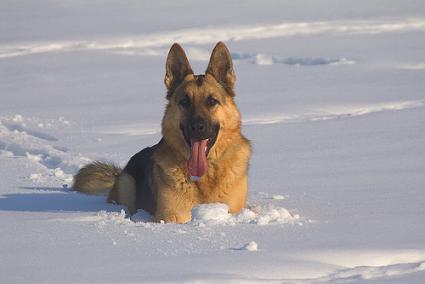
A dream that was 15 years in the making materialized for
Rajiv Welikala past week. The ‘Wildlife diaries’, his maiden exhibition,
comprises the essence of his photographs from expeditions in the wild.“Growing
up, I have always been a nature enthusiast, but it was only when I joined the
Wildlife Society at my Alma Mater St. Thomas College when I was 11 years old,
that I gave this interest some life,” he said. “This society takes part in
quarterly camping excursions to wilderness locations, and this start prompted
me to ask my father for a basic point and shoot film camera to take. Using the
most basic equipment, which in most cases were broken or not working properly,
I learnt to capture some beautiful moments,” he recalled.

Over the years and through the wilderness of the many parks
and rain forests he treaded, Rajiv honed his skills in photography mostly
through trial and error. “First and foremost I am an ardent wildlife enthusiast
who is passionate about conservation of our wildlife and wilderness habitats.
Photography comes as a second. In fact photography is merely a tool to create
awareness on our endangered habitats and wildlife that you won’t see every
day,” he affirmed.
Rajiv is an executive in the apparel sector. “I would say
this is my priority because if we don’t conserve wildlife and their habitats we
won’t have anything to photograph. I am involved in a few community projects
regarding the human elephant conflict. I try to do my part with the limited
time and resources I have to make a difference,” he said.



























